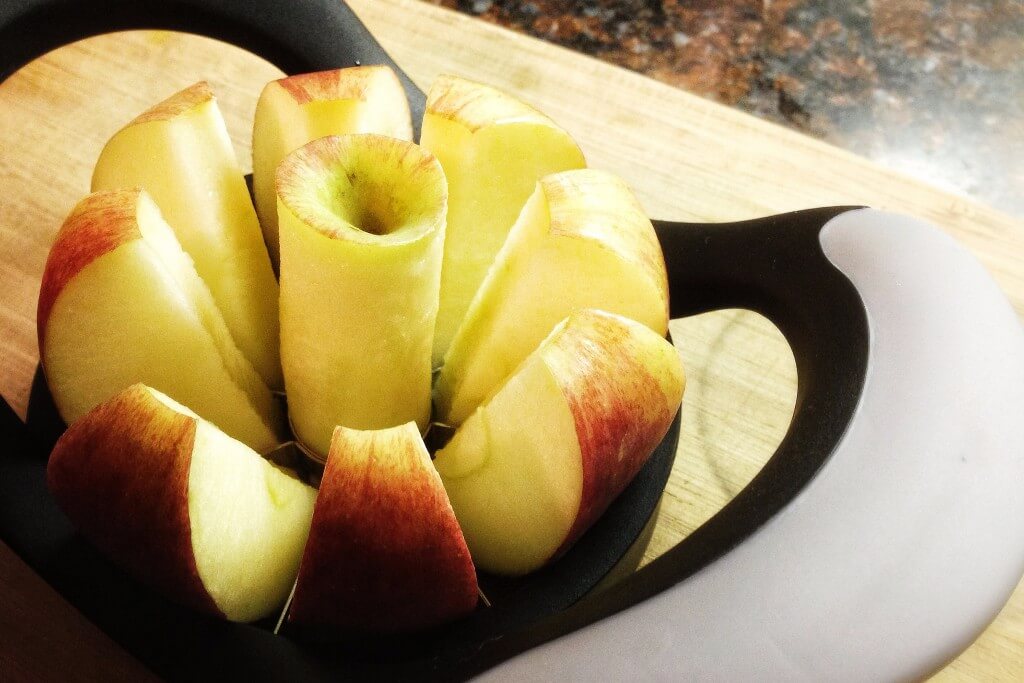Top Nutrition Questions Asked By Swimmers

Commentary by Norah Hunt, Swimming World College Intern.
For many athletes, nutrition is a mystery. They are able to recognize the importance of obtaining nutrients and fueling their bodies for optimal performance, but the actual process of eating well sometimes becomes lost in the day to day shuffle. In addition, there is so much information available that it sometimes becomes overwhelming to sift through and understand all the resources.
To make this process easier for swimmers, here are some of the most common nutrition questions:
What should a swimmer’s plate look like?
This is a super common question, because athletes face this dilemma multiple times a day. How many carbs? How much protein? Do we really need fruits and vegetables? And in what proportions? The answer is: it depends.
During rough training cycles, the general rule of thumb is to make half of the plate carbohydrates and whole grains. Potatoes, rice, pasta, and bread are all the name of the game. In addition, one fourth of this plate should be composed of protein, such as eggs or a lean meat. Finally, the remaining fourth of the plate should contain fruits and vegetables.
These ratios are also ideal for the days leading up to any sort of competition; carb loading is one of the best ways to prepare for a long, multi day meet.
During easier training, however, this plate arrangement changes. On days where swimmers do not have doubles or on days when the workout is primarily recovery, it is best to divide the plate into thirds. One third carbs, one third protein, and one third fruits and vegetables.
On days off or on days during the off season, this pattern changes again. One half of the plate should contain fruits and vegetables, with carbs and protein taking up the remaining half.
What is the difference between casein and whey protein, and which type should I be getting the most of?
Protein is perhaps one of the most important elements of a swimmer’s diet; it builds up muscles that are repeatedly broken down during rough training. Whey protein is digested quickly, which makes it ideal for post-practice muscle repair. Casein protein is digested slower, which ensures better long term recovery. Both are readily available in many different types of food, but especially milk.
So, which one is better? Which one produces better athletic performance? The answer is, they both do. These proteins are best used together, and produce optimal gains when they are combined. Some athletes strategically consume more whey protein throughout the day and more casein protein before bed, but both are needed for proper muscle repair.
Are there any super foods for athletes?
Everyone knows how incredible chocolate milk is for recovery and how pasta provides enough energy to swim endless laps, but there are many foods out there that are also awesome for swimmers.
Oatmeal is one of those super foods that athletes should try to include at every breakfast. It is high in fiber, high in carbohydrates, and high in protein. It helps the body maintain a healthy level of cholesterol, and it is rich in Vitamin B. In addition, oatmeal is also delicious when fruit is added, and fruit offers its own set of health benefits.
As far as superfruits go, bananas and cherries are some of the best foods that swimmers should always be reaching for. Bananas are great for a pre-workout snack, but they also supply electrolytes that can be lost during exercise, making them an excellent part of an athlete’s recovery. Cherries are full of antioxidants, and have natural anti-inflammatory properties, which aid in athletic recovery.
What are the best snacks to eat right before practice?
Right before practice, it is not recommended to eat a large, full meal. Snacks are the way to go when a swimmer has less than an hour before they jump in the pool. Simple carbohydrates are some of the best ways to receive this important nutrient. A granola bar, fruit, a small bag of chips, crackers, or yogurt all give an athlete energy, while not being heavy enough to hinder performance.
When it comes to nutrition in athletes, the best rule of thumb is to try to follow the guidelines as closely as possible, but also to listen to what your body is telling you it needs. Fuel it for optimal performance, and then watch the incredible results!
All commentaries are the opinion of the author and do not necessarily reflect the views of Swimming World Magazine nor its staff. All nutritional research was conducted by the author and does not necessarily reflect the views of Swimming World Magazine nor its staff.




Abby Kosic
Caileigh McCafferty
Larry Hawkins
Aimee Freegard
Charlie Hopkin
Ethan Bride
Erynne Randall
Lucas Alves !,
Jesse Tatakis
Jesse Tatakis
Zoe Goss
Marc Tucci
For a better graphic of the USOC Athlete plate’s, please refer to the USOC Sport Nutrition Website.
https://www.teamusa.org/About-the-USOC/Athlete-Development/Sport-Performance/Nutrition/Athlete-Factsheets-and-Resources
Also, please reference the US Olympic Committee and University of Colorado in Colorado Springs when using these graphics as the website indicates! Many UCCS graduate nutrition students and USOC sport nutrition professionals worked hard on these